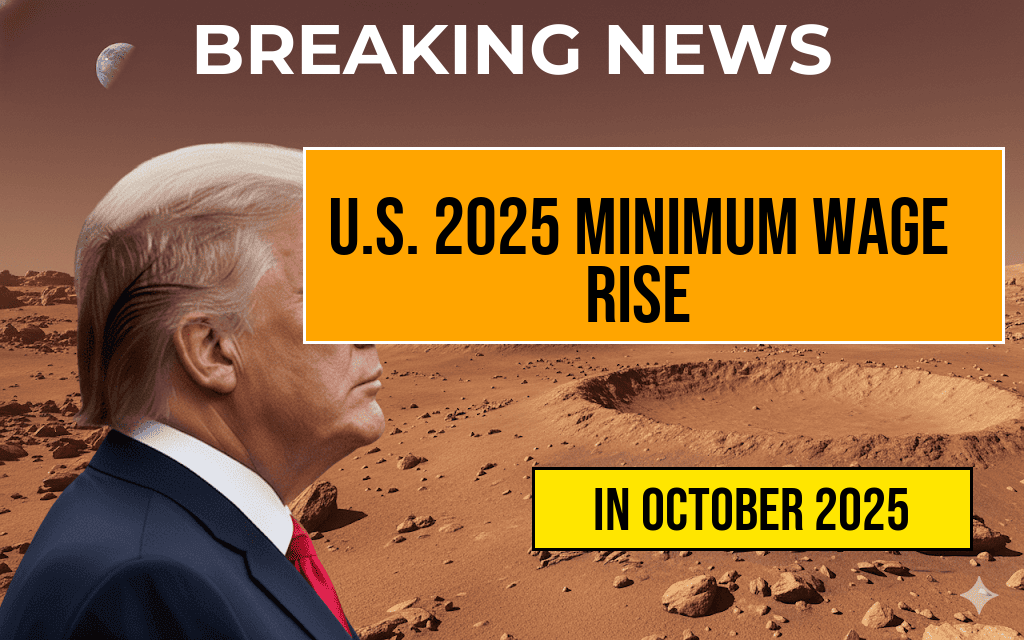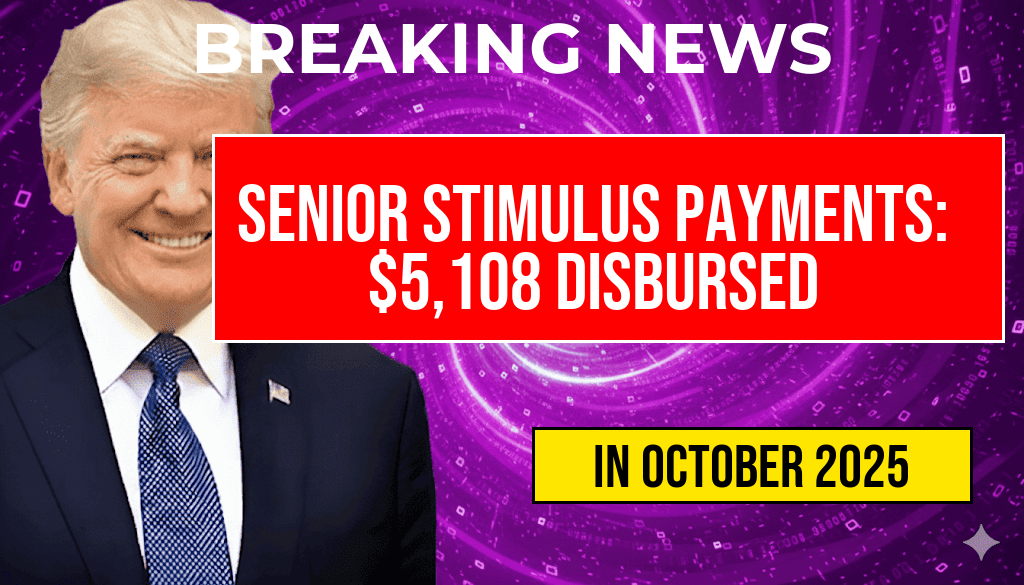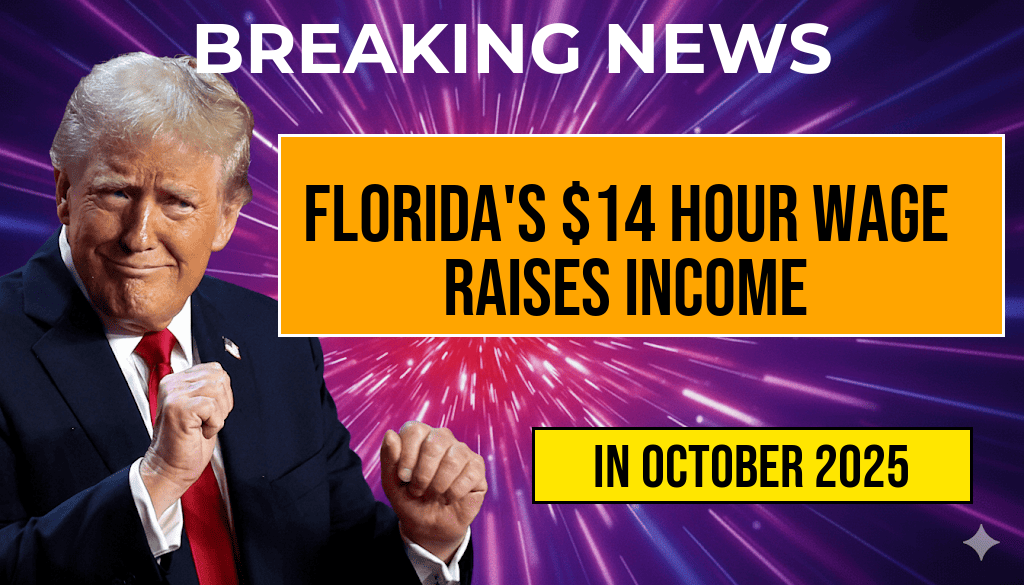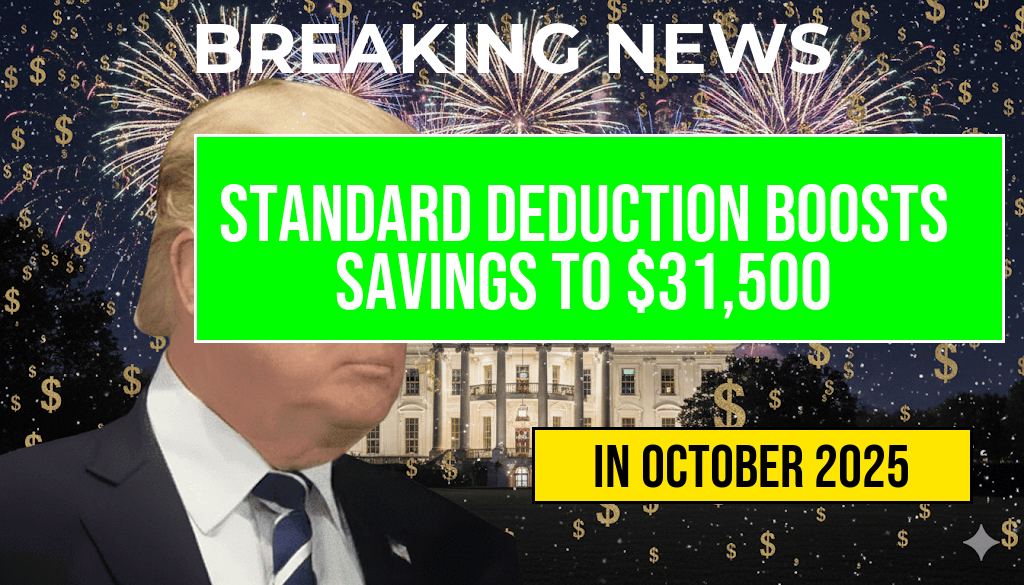Starting October 4, 2024, millions of workers across the United States will see a boost in their hourly wages thanks to the annual adjustment of the federal minimum wage. The federal minimum wage will increase from $7.25 to $8.20 per hour, marking the first adjustment in over a decade and representing a 13.1% rise. This update affects workers in states and jurisdictions that have not set their own minimum wages above the federal level, impacting approximately 1.5 million employees nationwide. The change aims to address inflationary pressures and improve income levels for low-wage earners, although it stops short of the $15 minimum wage advocated by some labor groups. Employers are preparing for the transition, updating payroll systems, and recalibrating wage structures accordingly. The federal increase is part of ongoing debates about wage policy, economic fairness, and the role of government in setting living standards.
Details of the 2025 Minimum Wage Adjustment
Federal Minimum Wage Overview
| Year | Minimum Wage | Effective Date |
|---|---|---|
| 2024 | $7.25 | July 24, 2009 |
| 2025 | $8.20 | October 4, 2024 |
The increase is part of a scheduled adjustment mandated by the Fair Labor Standards Act (FLSA), which ties minimum wage hikes to inflation metrics. While the federal minimum wage remains below the $15 benchmark promoted by many activists, it signals a shift toward more frequent updates, with the next scheduled review in 2026.
States and Localities with Higher Minimum Wages
Many states and cities have established their own minimum wages, often exceeding federal standards. For example, California’s minimum wage stands at $15.50 per hour, while New York’s minimum ranges from $14.20 to $15.00 depending on the region. These jurisdictions are unaffected by the federal change unless their minimum wage drops below the federal threshold, which is unlikely.
Impacts on Workers and Employers
Economic Effects
Proponents argue that increased wages can reduce poverty, stimulate local economies, and decrease reliance on social welfare programs. The Congressional Budget Office (CBO) estimates that raising the federal minimum wage to $8.20 could lift around 900,000 workers out of poverty, although some studies caution about potential employment reductions in low-skilled sectors.
Employer Adjustments and Challenges
- Payroll recalibrations to ensure compliance with new wage rates
- Adjustments in staffing, hours, or benefits to manage increased labor costs
- Potential increases in prices for consumers in sectors reliant on low-wage labor such as retail and hospitality
Small businesses, in particular, express concern about the cumulative costs, though some welcome the wage increase as a means to boost employee morale and reduce turnover.
Public Reaction and Policy Debates
Support for Incremental Raises
Labor advocates and some policymakers view the increase as a step toward a living wage, emphasizing the importance of adjusting for inflation and cost of living. Senator Elizabeth Warren called the move “a modest but necessary step” to support low-wage workers, emphasizing the need for further increases.
Opposition and Concerns
Opponents, including certain business groups and economists, warn that even modest wage hikes could slow hiring or lead to job losses, especially among young or inexperienced workers. Critics argue that a one-size-fits-all federal approach overlooks regional economic disparities and suggests local governments are better suited to set appropriate wages.
Looking Ahead: Future Wage Policy Considerations
The scheduled increase reflects a broader conversation about wage policy reform in the U.S. The Biden administration has expressed openness to further adjustments, although legislative hurdles remain. Experts note that implementing a nationwide $15 minimum wage would require congressional approval and face significant opposition, making incremental increases like this one a more politically feasible approach.
For more on the history of the minimum wage and its economic implications, visit Wikipedia’s minimum wage article. To explore how wage policies influence economic growth, consult reports from Forbes and other reputable sources.
Frequently Asked Questions
What is the new minimum wage rate for 2025 in the U.S.?
The U.S. minimum wage is increasing for 2025, with updated hourly pay rates effective starting October 4. The specific rates vary by state and locality, reflecting recent legislative changes.
When will the new minimum wage rates take effect?
The updated minimum wage rates will become effective on October 4, 2024, allowing employers and employees to prepare for the new earnings starting from that date.
Which states or regions will see the highest increase in minimum wage?
Some states and municipalities are implementing larger increases based on local laws and economic conditions, with certain areas reaching or surpassing the $15 per hour threshold.
How does the 2025 wage increase impact employers and employees?
The wage increase ensures employees receive higher pay, while employers may need to adjust their payroll budgets and operational costs accordingly to comply with new regulations.
Are there any exceptions or special conditions related to the 2025 minimum wage increase?
Yes, some exceptions apply based on industry, company size, or specific legal exemptions. It is important for employers to review local laws to ensure full compliance with the updated minimum wage standards.






